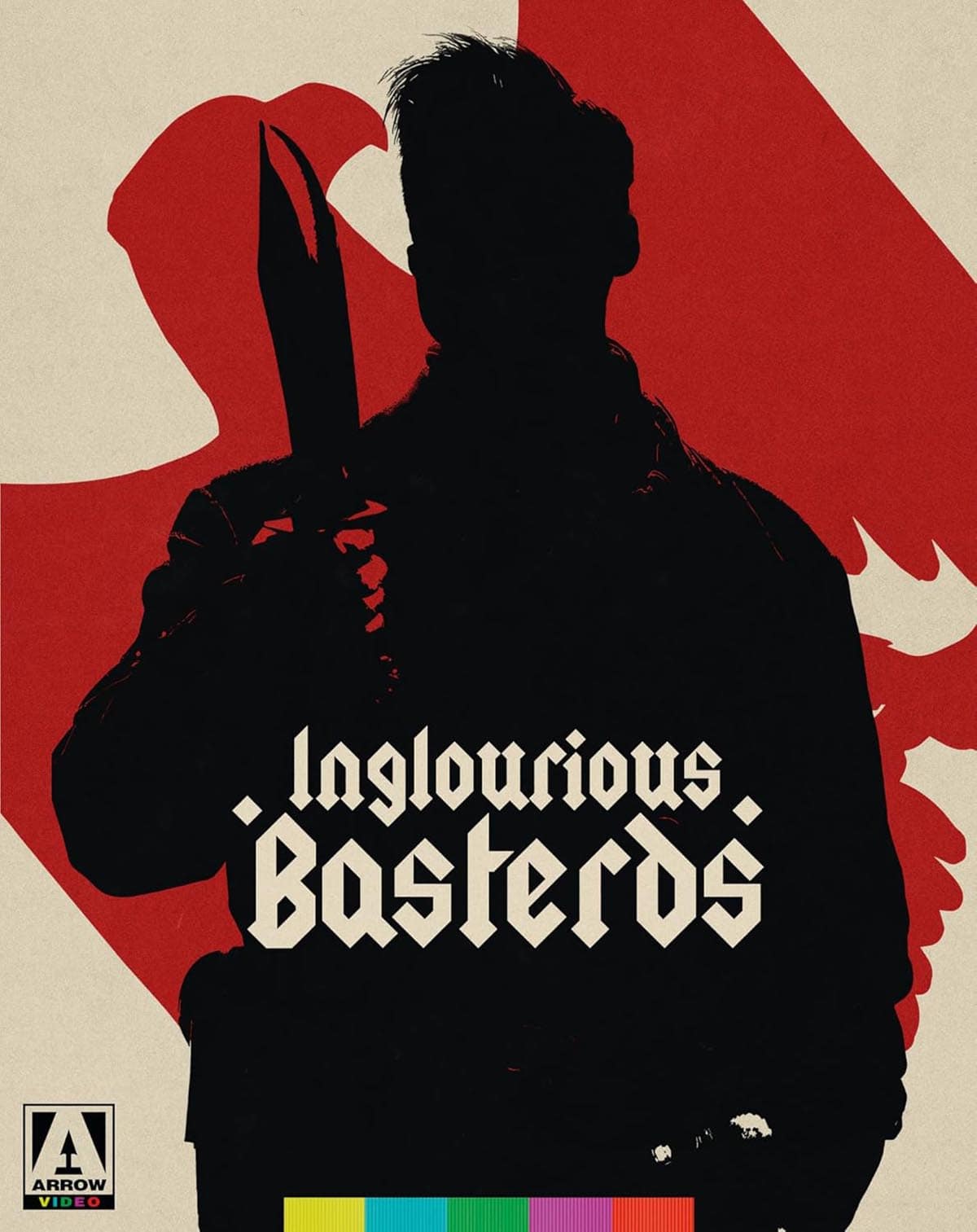 Everything is an allusion, a pose, in the films of Quentin Tarantino, right down to the font and colors that he uses for his title sequences—even the name of his production company, A Band Apart, which arrogantly asks us to think of him as our generation’s Godard. And how willingly we indulge him says plenty. Tarantino is as much creator as curator, and his overbearing cinephilia appeals to audiences who not only lost it at the movies but can’t seem to live without them: From Reservoir Dogs to his Kill Bill diptych, his films are solipsistic totems to his favorite things, and their effect is often suffocating.
Everything is an allusion, a pose, in the films of Quentin Tarantino, right down to the font and colors that he uses for his title sequences—even the name of his production company, A Band Apart, which arrogantly asks us to think of him as our generation’s Godard. And how willingly we indulge him says plenty. Tarantino is as much creator as curator, and his overbearing cinephilia appeals to audiences who not only lost it at the movies but can’t seem to live without them: From Reservoir Dogs to his Kill Bill diptych, his films are solipsistic totems to his favorite things, and their effect is often suffocating.
Inglourious Basterds, a WWII-set revenge fantasy about the secret and sometimes not-so-secret maneuverings of a group of gung-ho Jewish-American Nazi hunters known as the Basterds, is no less meticulously engineered than Tarantino’s other pulp fictions. Except this one is more linear and humane than most, lush with dialogue that rings weighty even at its smuggest, and featuring women who sound and feel like real women—not just men (or, more accurately, Tarantino) in drag. The film sees Tarantino moving beyond just flaunting his attention-mongering cine-geekitude, as he actually seems to be scrutinizing his obsession with the cinema by cleverly placing it into an apt historical context.
Chapter one, the French countryside. Nazi colonel Hans Landa (a brilliantly fiendish Christoph Waltz) slinks into the home of a farmer with three bodacious daughters and a sterling command, like Landa, of the English language, sniffing for information as to the whereabouts of a missing family of Jews. Throughout this tense, impeccably crafted sequence, compromised only by the stupid, meaningless sight gag of Landa whipping out a freakish smoking pipe from his jacket, Tarantino keys his roving aesthetic to the homing-missile instincts of the Nazi snake, whose twisted use of language and inflection suggests a wristwatch dangling from the fingertips of a master hypnotist, manipulating the farmer into revealing that the Jewish family is hiding beneath his floorboards. Violence explodes—fabulously, yes, but without trivializing the value of human life—and as a girl escapes into the distance, in a perfect stylistic and thematic homage to John Ford’s The Searchers, a revenge plot is set into stunning motion.
The escapee, Shosanna Dreyfus (Mélanie Laurent), will go on to Paris, where she will inherit a movie theater from her aunt, playing works by filmmakers whose morals repulse her but whose art she nonetheless respects. It’s easy to ponder the life and work of tragic artistic figures like Roman Polanski and Emil Jannings (who appears later in the film, played by Hilmar Eichhom) throughout this chapter, which has Shosanna catching the eye of a popular young soldier, Fredrick Zoller (Daniel Brühl), who calls himself a German version of Sergeant York.
Even though it’s made without irony, you can see how this boast is off-putting to Shosanna, perhaps because the sincerity with which he makes the comparison is the problem; the way his belief that his heroism—revered in a propaganda film produced by Joseph Goebbels (Sylvester Groth) that will premiere in Shosanna’s theater—is no different than York’s doesn’t take into account the concept of goodness. A lushly intriguing grappling with morality, ideology, nepotism, and authorship, the entire chapter may be the deepest Tarantino has ever gotten.
It’s interesting the way characters work in unison, without knowledge of each other, toward committing the act of carnage that caps the last chapter—almost as if they weren’t planning a war but making a movie. By conflating war and movies, and celebrating teamwork, you could say that Tarantino is slyly trying to defy the auteur theory.
Even the film’s more gleeful, purely geek-pandering chapters aren’t without their riches. When Lt. Aldo Raine’s (Brad Pitt) Basterds are introduced, it’s with a pulpy artistic bluster that matches the posse’s giddy bloodlust. Their agenda is never poignant (they don’t kill because they’re Jewish-American but because Nazis, you know, are evil—a no less valid rationale, really), but it’s still personal, as their need for blood makes sense as a means of putting off boredom.
Deprived of homegrown cinematic entertainment during the war, their acts of violence are ways for them to stage their own movies. Would that they did it more in a style familiar from the cinema of the ’40s (their mode of expression is more Eli Roth than Jacques Tourneur), but this gripe almost becomes moot the second that Eli Roth himself walks on screen holding a bat with which he busts open Nazi heads. One walks into Inglourious Basterds expecting anachronism, but one doesn’t anticipate Tarantino’s frank confession that cinema, like killing Nazis for the Basterds, is a way to live out his male wish-fulfillment fantasies.
Inglourious Basterds is no masterpiece, mainly because as alternate history it isn’t profound, but for Tarantino it’s positively groundbreaking. He lingers in places where you expect him to cut, as in the way the camera remains on Shosanna’s face in one scene, watching it as it absorbs shock when the girl learns she’s in the company of the man who killed her family. For Tarantino, this is a masterstroke of restraint. Inglourious Basterds is a talkathon, but there’s real urgency and purpose to the words exchanged between Shosanna and Landa, between the German actress, Bridget von Hammersmark (Diane Kruger), pretending to be a Nazi and the German soldier understandably suspicious of the two men (Basterds in disguise) sitting with her in a basement bar, and between Aldo and the Nazis he and his Basterds scalp after death.
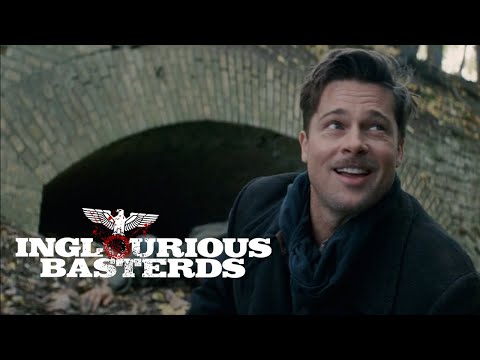
Tarantino’s dialogue throughout is more than just witty, as it also exudes feeling, dread, and risk. How and why people speak to each other, or how and why they chose not to, becomes a panic far more chilling than any display of violence in Inglourious Basterds. Tarantino’s words pop, but no longer do they exist entirely to flatter his audience’s pop know-how, but to illuminate the politics of communication and survival during WWII.
Image/Sound
For its UHD release of Inglourious Basterds, Arrow Video has sourced the same 4K HDR10 master used by Universal for its 2021 UHD release of the film, and it’s hard to find even the smallest fault in the results. The fiery reds virtually burn through the screen and the inky blacks look amazing. Skin tones are naturalistic, and the transfer retains just the right amount of grain to stay true to its celluloid original. And though a Dolby Atmos mix would surely lend even further depth to the complex sound design of the action sequences, the lossless 5.1 mix included here is plenty robust to push even the best home audio setups to the limit.
Extras
Universal’s 2021 UHD release was light on extras, which can’t be said about this release. First up among the newly added extras is a fantastic audio commentary by film critic and author Tim Lucas, who, with a breathlessness befitting a Tarantino film, provides deft textual and aesthetic analysis and touches on everything from where virtually every piece of music in the film was drawn from to the backgrounds of various performers and crew members. His remarkable attention to the smallest of details really helps to bolster his argument that Tarantino’s supposed thievery from other films provides the director with a “working vocabulary” that allows him to draw new meaning from these references far beyond mere pastiche.
Also included are two new visual essays by film critics Walter Chaw and Pam Hutchinson. Where Chaw focuses, of all things, on the kindness of Tarantino’s filmmaking, Hutchinson turns her eyes toward the importance of film history in Inglourious Basterds, teasing out the differences between German and American filmmaking in the 1930s and ’40s and the clever means by which Tarantino weaves references to that history into his narrative. There are also brand new interviews with actor Omar Doom, editor Fred Riskin, and makeup effects supervisor Greg Nicotero that shed light on what it’s like to work with Tarantino. The final new extra features film scholar Christine Leteux discussing the French film industry during WWII.
All of the archival extras have been ported over from Universal’s Blu-ray and UHD releases of the film, including an interview with Brad Pitt and Tarantino conducted by critic Elvis Mitchell, footage shot for the “Nation’s Pride” short (along with some funny, and fake, behind-the-scenes footage), an interview with actor Rod Taylor, an appreciation of Enzo G. Castellari’s 1978 film Inglorious Bastards, and a featurette with Mitchell discussing the movie posters seen in Tarantino’s film. This stacked release also comes with a gorgeous 60-page booklet, featuring writing by critics Dennis Cozzalio and Bill Ryan, lobby cards, a La Louisiane beermat, a foldout poster, a replica “Nation’s Pride” premiere program, and a strudel recipe card.
Overall
Arrow’s beautifully packaged 4K UHD release is so jam-packed with entertaining and enlightening extras that it’s destined to be among the best home video releases of the year.
Since 2001, we've brought you uncompromising, candid takes on the world of film, music, television, video games, theater, and more. Independently owned and operated publications like Slant have been hit hard in recent years, but we’re committed to keeping our content free and accessible—meaning no paywalls or fees.
If you like what we do, please consider subscribing to our Patreon or making a donation.

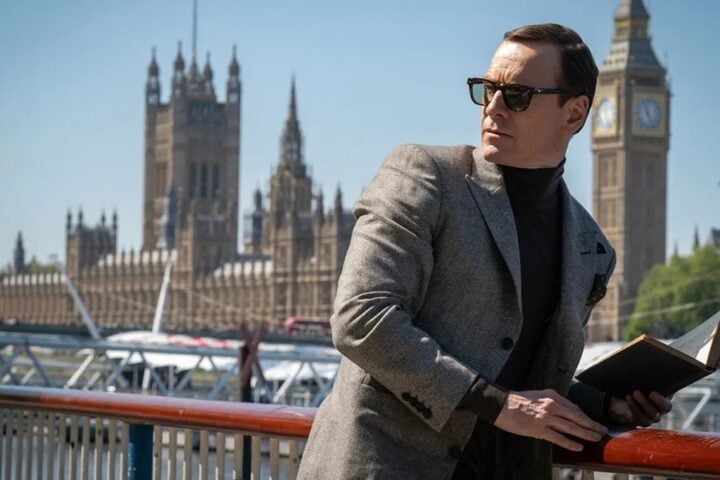
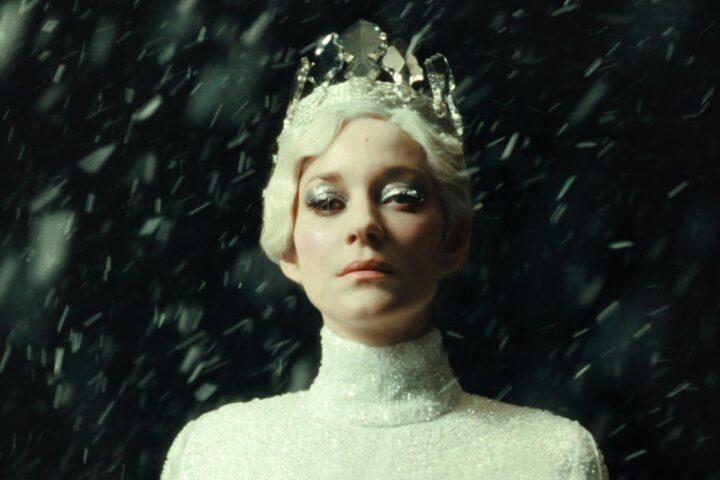
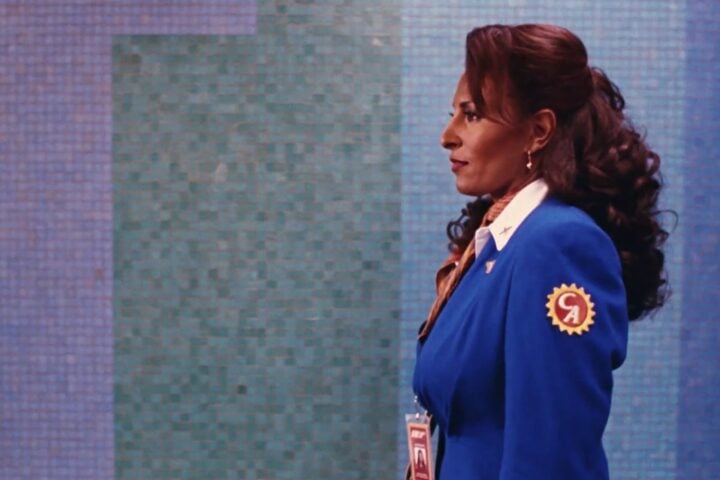
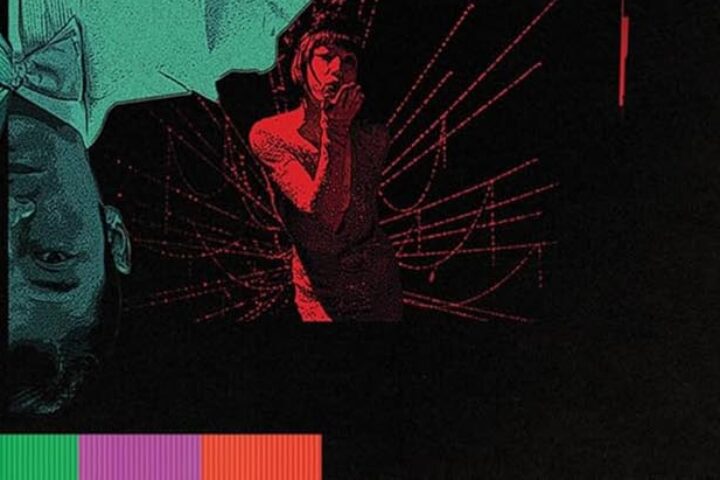
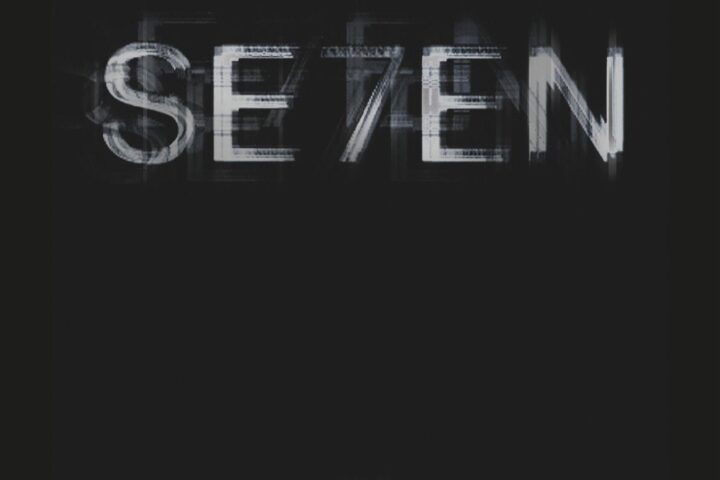
“Arrow Video has sourced the same 1080p master used by Universal.” So this is just an upsampling from 1080p? Is that what you mean? It’s not a 4k scan of the original film stock (assuming they shot it on film)?
Thanks for flagging that. We have made a correction to the review; it was a 4K HDR10 master that was used.